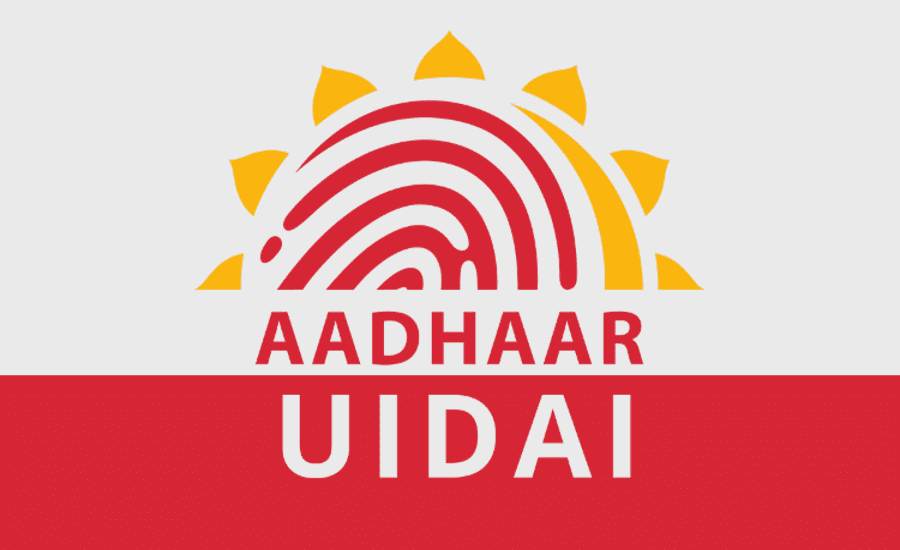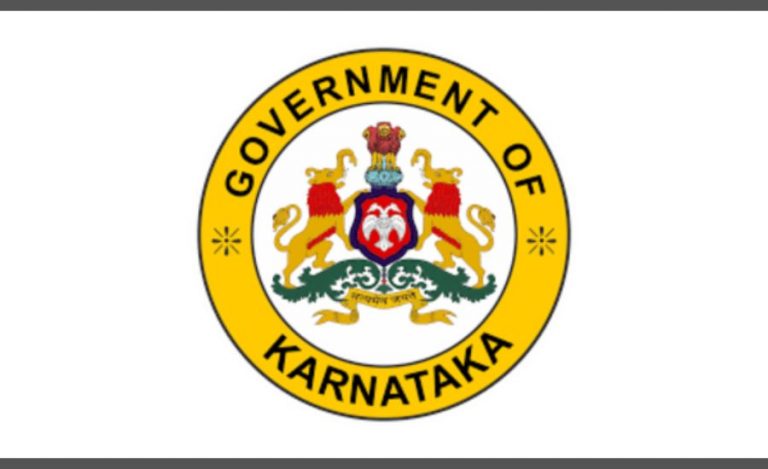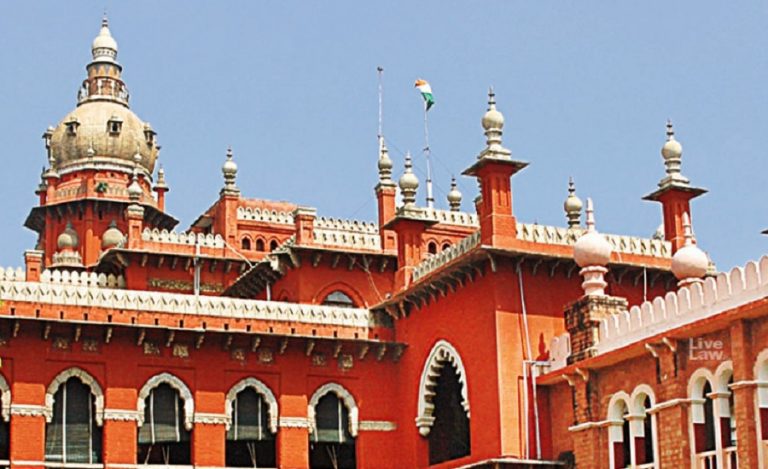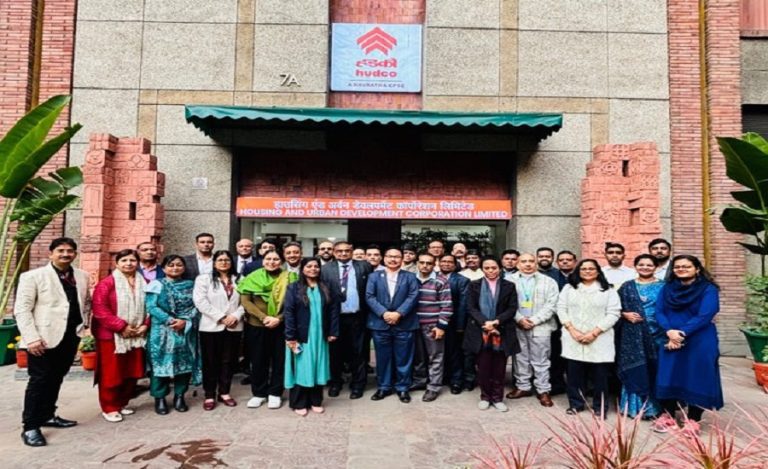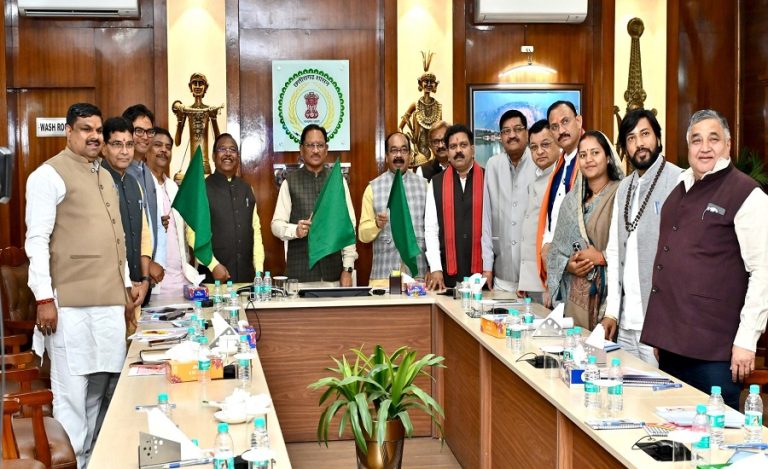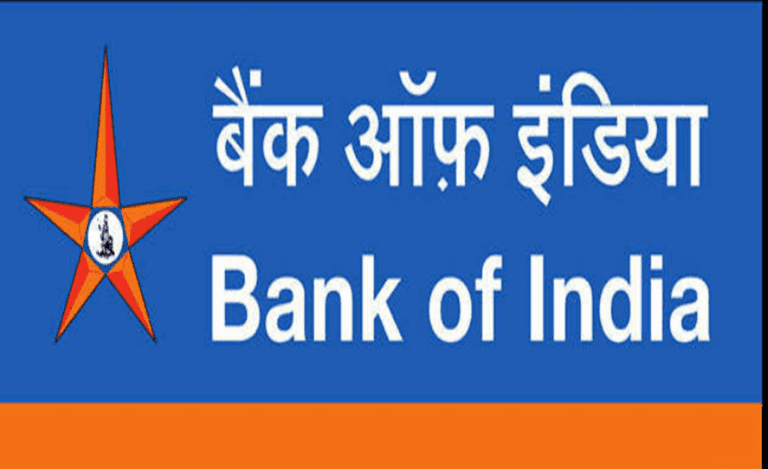New Delhi: In a landmark move, the Unique Identification Authority of India (UIDAI) has unveiled “Aadhaar Vision 2032”, a comprehensive framework designed to steer India’s digital identity system into the next decade.
With the world rapidly moving into a landscape defined by artificial intelligence, blockchain, quantum computing and heightened cyber-threats, UIDAI’s new roadmap aims to ensure that the Aadhaar platform remains secure, scalable, inclusive and aligned with emerging global standards.
Background: Why Aadhaar Vision 2032 Matters
The Aadhaar ecosystem has been central to India’s digital governance, welfare delivery, and identity authentication infrastructure. As digital services proliferate and the data-security terrain evolves, there is an urgent need to revisit and future-proof the underlying identity architecture.
Read Also: No More Endless Queues! Aadhaar Correction Declared a Fundamental Right by Madras HC
Recognising this, UIDAI has embarked on a strategic review to ensure that Aadhaar remains resilient against evolving cyber threats, can scale for future demand, and continues to uphold privacy and data-protection norms.
What the ‘Aadhaar Vision 2032’ Framework Covers
1. Technology Stack Upgrade: The roadmap emphasises an upgrade of the Aadhaar technology stack — the backbone of identity services — to integrate next-gen technologies such as AI, blockchain, quantum computing and advanced encryption.
This means moving beyond current systems, building capabilities to anticipate future threats (including quantum-era encryption challenges) and tapping the potential of decentralised identity models via blockchain.
2. Data Protection & Privacy Alignment: One core objective is to align Aadhaar’s architecture with the country’s new regulatory regime under the Digital Personal Data Protection (DPDP) Act and global cybersecurity standards. A high-level expert committee has been constituted for strategic oversight.
This alignment signals UIDAI’s commitment to strengthening trust, transparency and privacy in the identity ecosystem.
3. Building Inclusion & Scalability: UIDAI’s roadmap emphasises that the Aadhaar ecosystem must not merely evolve technologically but also remain inclusive — accessible to all segments of the population — and scalable to meet future demand across India’s digital economy.
4. Establishing an Expert Committee: To steer this transformation, UIDAI has set up a high-level Expert Committee chaired by Neelkanth Mishra (Chairperson, UIDAI). The committee includes industry veterans, academia and technology leaders:
- Bhuvnesh Kumar (CEO, UIDAI)
- Vivek Raghavan (Co-Founder, Sarvam AI)
- Dheeraj Pandey (Founder, Nutanix)
- Sasikumar Ganesan (Head of Engineering, MOSIP)
- Rahul Matthan (Partner, Trilegal)
- Navin Budhiraja (CTO & Head of Products, Vianai Systems)
- Prabaharan Poornachandran (Professor, Amrita University)
- Anil Jain (Professor, Michigan State University)
- Mayank Vatsa (Professor, IIT Jodhpur)
- Abhishek Kumar Singh (Deputy Director General, UIDAI)
Implications & Significance of Aadhaar Vision 2032
For citizens: A more resilient Aadhaar means stronger identity protection, fewer breaches, and a platform ready to support emerging services (financial, health, authentication) more securely.
For businesses / digital economy: With a future-ready identity framework, enterprises can integrate Aadhaar-based authentication, KYC and other services with greater ease and trust.
For government services: Digital governance initiatives will gain from a robust identity infrastructure, enabling better targeting, fewer leakages and improved delivery.
For national security and data sovereignty: Incorporating quantum-safe encryption and blockchain elements signals an upward leap in safeguarding sensitive identity data against the next wave of threats.
Challenges & Things to Watch
While the vision is bold, its success will depend on:
- Timely implementation and system upgrades across thousands of endpoints.
- Bridging the inclusion gap so that even remote and underserved areas can benefit.
- Ensuring data protection frameworks are robust and operationalised.
- Integrating with global standards while adapting to India-specific realities.
- Managing change across multiple stakeholders: government, industry, academia, citizens.
Way Forward
- Release of the complete “Aadhaar Vision 2032” document by UIDAI, detailing timelines, milestones and technical blueprints.
- Announcement of pilot programmes leveraging blockchain or quantum-encryption within Aadhaar services.
- Updates on how Aadhaar will interoperably connect with other government digital identity initiatives and the private sector.
- Progressive disclosures on how inclusion is ensured, particularly for remote/rural populations and vulnerable groups.

